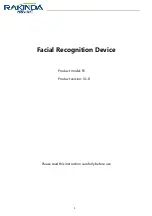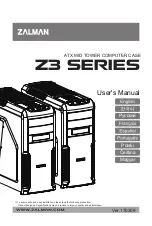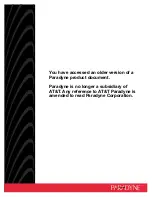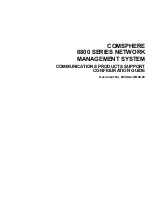
2
0
4
697
2
007
-0
9
6 - EN
LAYER THICKNESS SENSOR
Safety
EN
1.6.3
Sensor cable
Sensor cables must not be installed in cable or conductor bundles together with other current
circuits. Avoid installing sensor cables parallel to other cables that may transmit interfering
signals, which impair the sensor signal and thus the alarm function. The sensor itself must not
be grounded.
If you extend the sensor cable, observe the applicable ATEX specifications with regard to color,
quality and constancy. Use an unscreened cable with a conductor size of 1 mm
²
.
1.7
Operation
1.7.1
Caution - emulsions
An oil/petrol separator is a device for separating oil from water. Situations may arise in which
the oil can not be separated because an emulsion has formed. An emulsion is a relatively
stable mixture of oil and water. Sensors can not detect oil if emulsions with a high water content
have formed. Always contact the oil/petrol separator manufacturer if there is any doubt as to
whether the oil has been separated from the water before the liquid is drained to the sewage
system.
1.8
Maintenance
For operation of oil/petrol separators, there may be standards, directives or laws that define
regular system or sensor tests. Check the operation of the sensor at least twice a year and
more frequently in the event of unfavorable environmental conditions.
When the oil/petrol separator is being emptied (disposal), the sensor must always be washed
and dried. The sensor must not be cleaned with caustic fluids. A badly contaminated sensor
can trip a wrong alarm or, in certain circumstances, fail to trip an alarm.
1.9
Repair
The devices may not be repaired, changed or manipulated. If there is a defect, the product
must always be replaced with an original part.
1.10
Disposal
Disposal of devices and their packaging material must be performed in compliance with the
applicable laws and guidelines of the corresponding country.
The devices do not contain batteries which need to be disposed of separately from the
products.









































